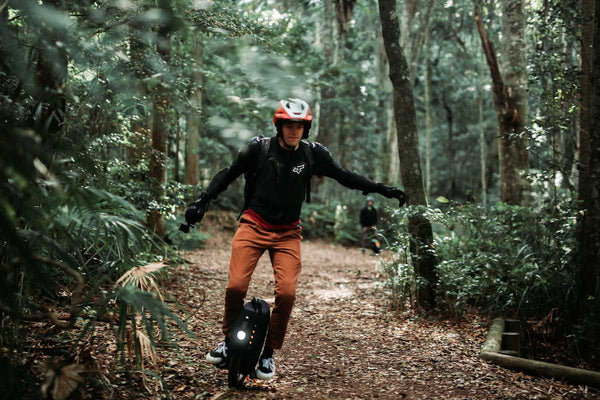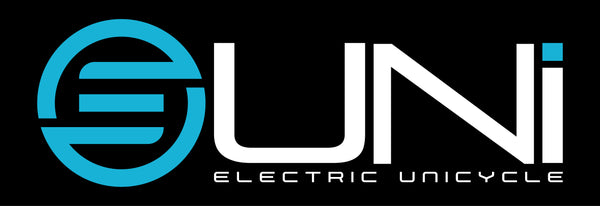
EUC 101: The Glorious Past of this Futuristic Transporter
Share
As far as futuristic-looking forms of transportation go, the electric unicycle (commonly known as the “euni” or “EUC”) has got to be right up there along with spaceships and hovercars. The way that they self-balance and self-propel without needing a remote looks like some kind of magic or science fiction to the average Joe - so what gives? How did they come about, and more importantly - how do they work?

Photo courtesy of David Stoelhorst / @ShortCircuit43
It may come as a bit of a surprise that the idea, and even test vehicles go back as far as the 1930’s. The “monowheel”, as euni’s bigger cousin was called, involved the rider sitting inside one large wheel - using gyroscopes, reaction wheels or pendulums to stay upright and turn.
Usually powered by some kind of internal combustion engine, vehicles such as M. Goventosa’s Monocycle, as well as Charles F. Taylor’s various creations seemed to work well enough, capturing lots of imagination and interest but ultimately never making it into production in any form.

Richard C. Hemming’s hand-powered “Flying Yankee Velocipede” monowheel, patented in 1869.

M. Goventosa’s monowheel in 1931.

Charles F. Taylor’s one-wheeled vehicle concept in the 1960’s
The first time we see a compact, battery-powered, self-balancing powered unicycle resembling the devices of today was in this patent filed in 1977 by Gabriel Charles L. This relied on clunky electrical rods and switches to go forwards and backwards, which were likely not sufficient to keep the rider upright - as a result no known functional prototype was ever built.
It wasn’t until 2010 when an American inventor by the name of Shane Chen came up with his “Solowheel” concept, that the electric unicycle as we know it came to be. Coupling a fast microprocessor-based electronic speed controller (“ESC”) with an electric motor inside the wheel, the device used electric gyro sensors in a constant feedback loop in a very similar way to the original Segway. The rider only needed to lean forwards to speed up, and backwards to slow down, using momentum to stay upright and turn just like a bicycle.

Shane Chen’s Solowheel, the grandfather of all electric unicycles.
While battery technology, electric motors, chips and sensors have all since improved, not much has fundamentally changed from Mr Chen’s original 2010 design. His patents have been licenced and commercialised by various manufacturers including KingSong, Inmotion, Gotway and Leaperkim, with major improvements made to handling, range, speed and safety features with each new generation.
It is still relatively early days for the electric unicycle, and we can’t wait to see where they go from here!
Jonno is a recent convert to electric unicycles, and he also chairs Electric Riders Australia - a non-profit advocacy group providing a united voice for all electric Personal Mobility Device owners, riders and businesses, and calling for the legalisation of these PMDs Australia. Please sign the petition today, and follow us on Facebook and Instagram.
